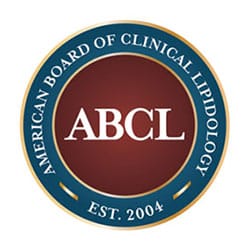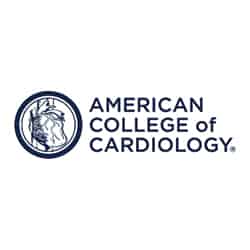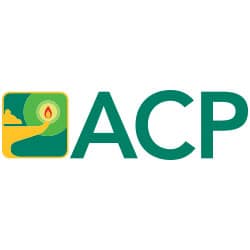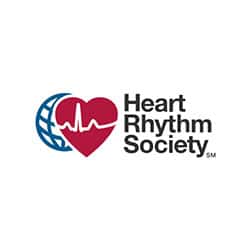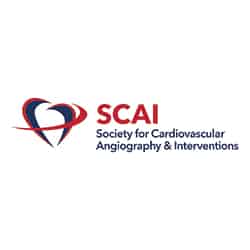If you’re experiencing leg pain from a sprain or pulled tendon that feels “internal” or abnormal, you might have a blocked artery or peripheral artery disease. Blocked arteries in the legs or arms are potentially serious conditions that can lead to considerable pain in the affected limb and eventually amputation.
You may want to meet with a Peripheral Artery Disease Doctor at St. Louis Heart and Vascular so they can safely reopen a blocked artery to relieve your pain and restore your mobility. The most common treatment is a peripheral angioplasty.
Call the office of a location nearest you to schedule your consultation and get on track to recovery.
Peripheral Artery Disease Treatment Q&A
How do you treat peripheral artery disease?
Peripheral angioplasty is a procedure the nationally peripheral artery disease doctors at St. Louis Heart and Vascular perform to open or reduce blockages in the arteries of the legs. During the procedure, your doctor guides a catheter into your artery and inflates a small balloon at the blockage site. This displaces the fat and plaque causing the blockage and improves blood flow.
While angioplasty is a common treatment for many types of arterial blockages, peripheral angioplasty refers to treatment of arterial blockages in the legs or arms. Peripheral artery disease is the most common cause of arterial blockages in the limbs.
Peripheral angioplasty is also helpful during limb salvage procedures, helping to “revascularize” a limb that suffers from an excess of circulatory blockages. Without revascularization, such limbs may require amputation.
What causes peripheral artery disease?
There are several factors that increase your risk of developing peripheral artery disease, including:
- Regular smoking
- High blood pressure
- Diabetes or other conditions that cause high amounts of sugar in the blood
- A diet high in certain fats and cholesterol
What can I expect during peripheral angioplasty?
Peripheral angioplasty is a relatively quick procedure, but your peripheral artery specialist will require you to rest at the hospital for up to eight hours afterward while they observe your recovery. After you’re released, you can typically resume normal activity.
While an angioplasty can open up your blocked arteries, the procedure does not cure the underlying condition causing the blockage. If you want to lower your risk of further arterial blockage in the future, ask your provider about adopting a heart-healthy lifestyle.
How soon will I experience results?
You should feel immediate improvement following your procedure, though the extent of your results depends on the size, length, and severity of the arterial blockage getting treated. Generally, you can expect your results to last anywhere from a few months to several years, with improved outcomes if your blockage can support a stent.
If you suffer from peripheral artery disease and need relief, find the St. Louis Heart and Vascular location near you and call to schedule your consultation.
Peripheral Artery Disease Treatment Available at These Locations
We offer Peripheral Artery Disease Treatment at the following St. Louis Heart and Vascular locations. Contact us to schedule your appointment today.
Bridgeton Office
- (314) 741-0911
- 3550 McKelvey Rd.
Bridgeton, MO 63044 - Location Info
Christian Hospital Office
- (314) 741-0911
- 11155 Dunn Road, Suite 304E, MOB #1
St. Louis, MO 63136 - Location Info
Des Peres Hospital Office
- (314) 741-0911
- 2325 Dougherty Ferry Road, Suite 203
St. Louis, MO 63122 - Location Info
Granite City Office
- (314) 741-0911
- 2120 Madison Ave., Suite 101
Granite City, IL 62040 - Location Info
St. Charles Office
- (314) 741-0911
- 1551 Wall Street, Suite 410
St. Charles, MO 63303 - Location Info
Town & Country Office
- (314) 741-0911
- 3009 N. Ballas Rd, Suite 100B
St. Louis, MO 63131 - Location Info
Wentzville Office
- (314) 741-0911
- 105 Creekside Office Dr.
Wentzville, MO 63385 - Location Info


